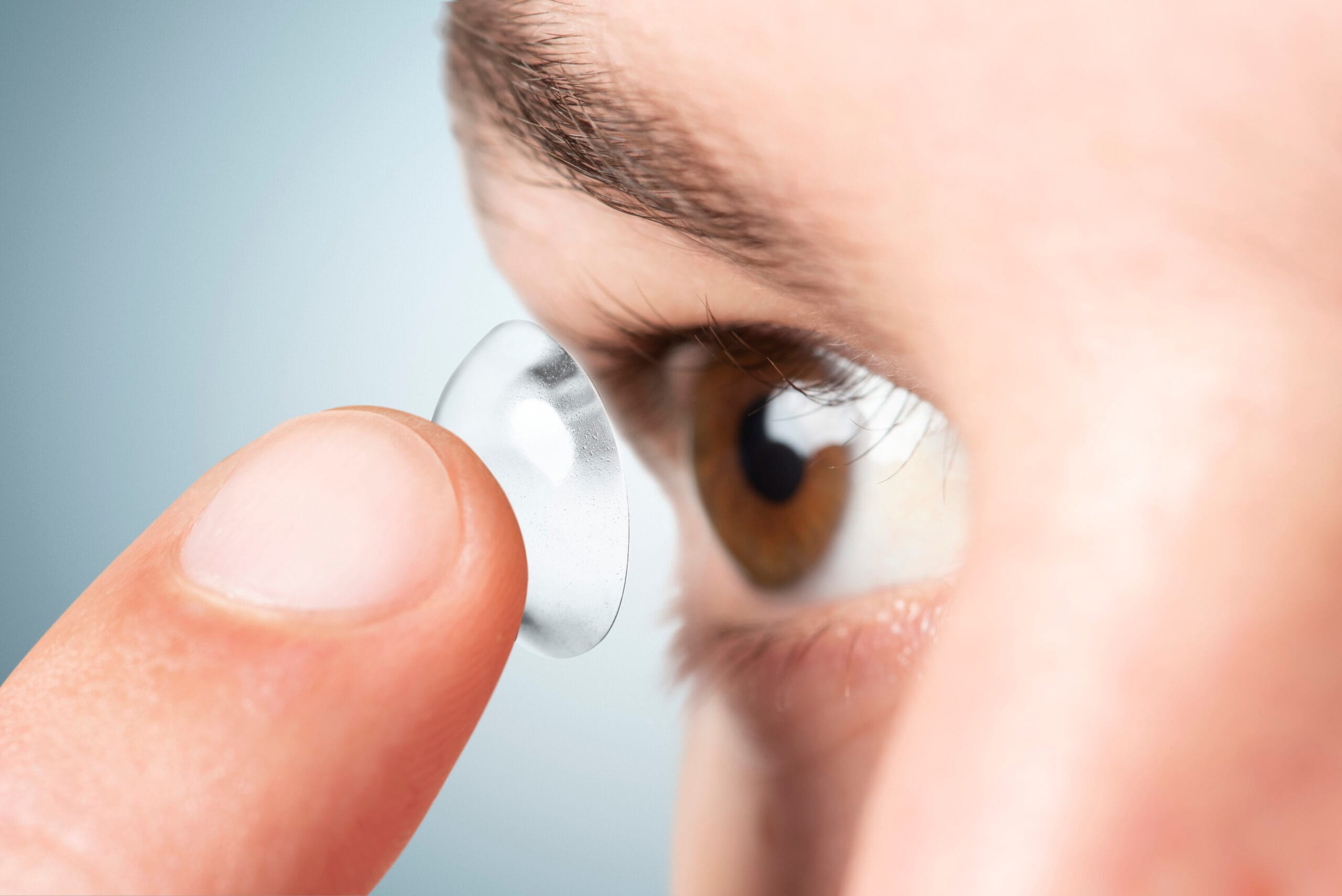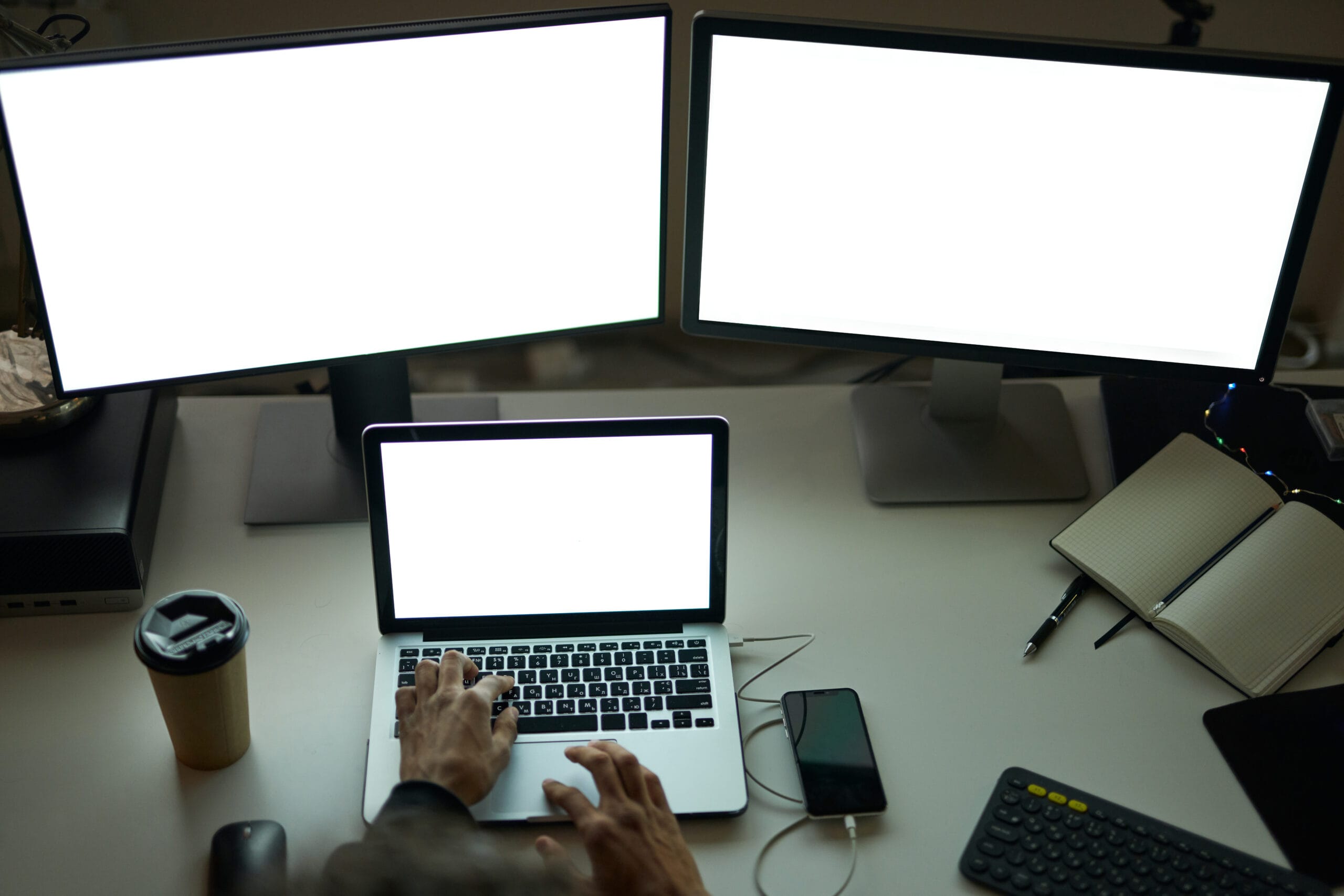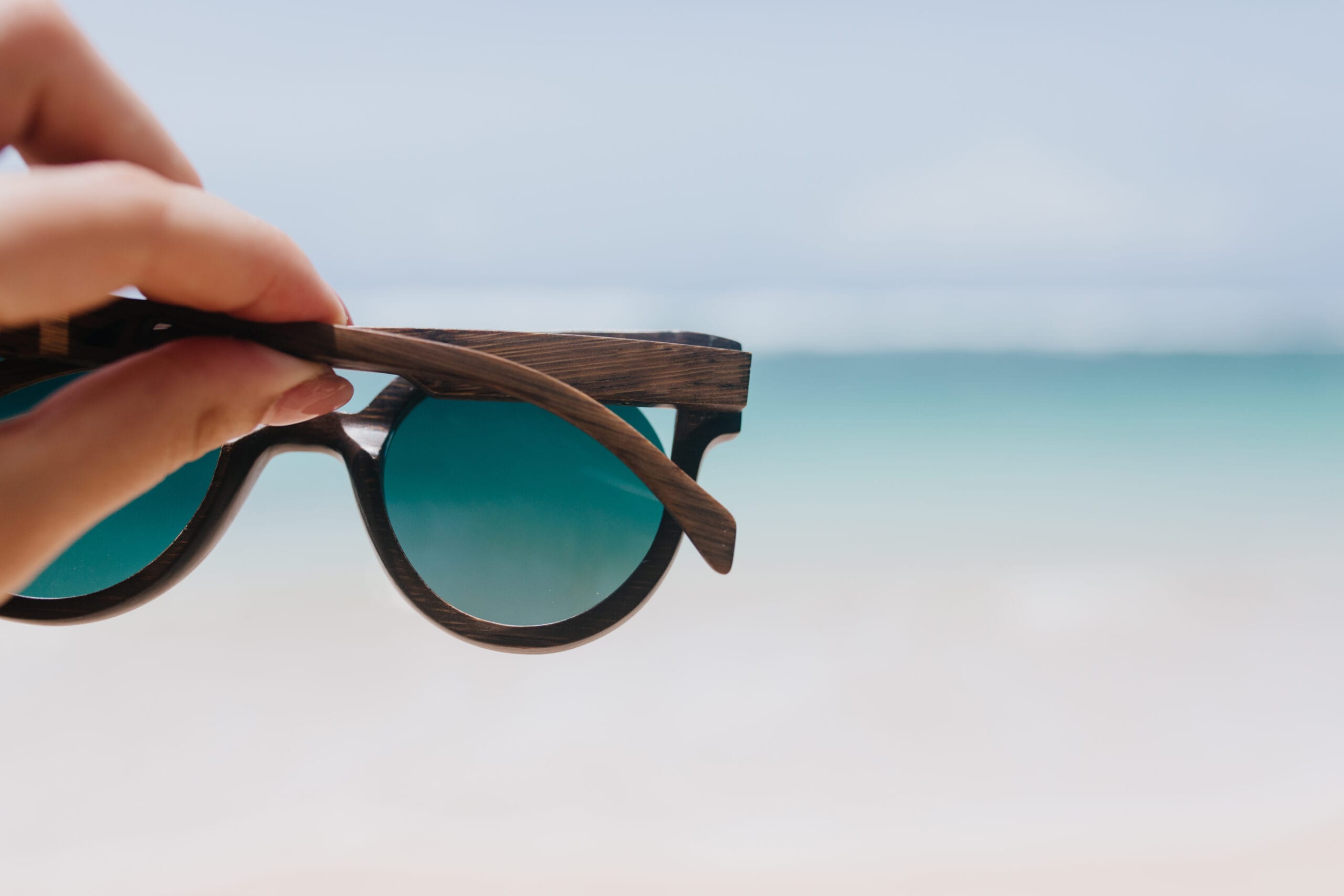Tips
6 Essential Eye Care Tips for Clearer, Healthier Vision
Eye care tips are extremely important when it comes to maintaining your eye health for many years to come. Here are 6 crucial tips that you can follow.
Eye Care Tip #1: Mastering the Art of Lens Hygiene for Healthy Eyes

Contact lens hygiene is one aspect of care that plays a very vital role in the health of the eye, combating infections and related problems. The correct hygiene for contact lenses involves washing your hands with soap and water before touching your lenses. Also, avoid using lotions or creams in your hands since there is a chance that residue may remain on your hands and cause irritation.
Immediately after removing your lenses, clean them with the right lens solution — not with water or saliva. These lens solutions are uniquely prepared to disinfect the lenses by eliminating bad bacteria and proteins that accumulate on the lens to cause eye infections or discomfort. Never use old solution — instead, replace it with fresh solution every time you clean your lenses.
-
 SEED Monthly Color Lens UV II Cosmetic Contact LensesSGD 24.00
SEED Monthly Color Lens UV II Cosmetic Contact LensesSGD 24.00 -
 ColourVUE Sparkle Monthly DisposableSGD 30.00
ColourVUE Sparkle Monthly DisposableSGD 30.00 -
 MaxVUE Airsoft Multifocal Monthly Disposable Contact LensesSGD 58.00
MaxVUE Airsoft Multifocal Monthly Disposable Contact LensesSGD 58.00 -
 FreshKon 1-Day Charmante Colors LensesSGD 33.00
FreshKon 1-Day Charmante Colors LensesSGD 33.00 -
 FreshKon All Day O2xy Colour MonthlySGD 27.00
FreshKon All Day O2xy Colour MonthlySGD 27.00 -
 FreshKon 1-Day All Day O2xy ColourSGD 29.00
FreshKon 1-Day All Day O2xy ColourSGD 29.00
Storing your contact lenses properly is very critical to maintaining hygienic lenses. Always use a clean, disinfected case and replace it regularly, preferably every three months. Allow the case to air dry while your lenses are out. Avoid sleeping in your contact lenses unless they are designed for full wear throughout the night as sleeping in them reduces oxygen flow to the eyes, putting them at a greater risk of infection. Also, never wear your lenses for more time than prescribed by your eye care professional since wearing them longer can cause lens drying, irritation or even damage to the cornea.
Replace your contact lenses as instructed by the eye doctor — daily, bi-weekly or monthly. Also, visit for scheduled eye exams to keep your prescription current and to rule out any hidden health concerns. These hygiene habits will keep your eyes healthy, reduce the possibility of infection and make wearing contact lenses comfortable and safe.
Eye Care Tip #2: Stay Ahead with Regular Eye Exams and Follow-Ups
Scheduling regular eye exams is one of the most important things a person can do to take care of their eyes. Eye exams are symbolic of early detection for possible problems in one’s vision and other underlying health conditions that could prevent further complications.
An eye exam will involve checking your vision generally, testing for refractive errors and screening for diseases such as glaucoma, cataracts and macular degeneration. These conditions often progress gradually and their symptoms may not become evident until they start to significantly affect the sufferer’s vision. The earlier that intervention occurs, the better the treatment outcomes are likely to be. In this sense, some forms of long-term damage can be prevented with regular check-ups.
Eye exams can also reveal various systemic health conditions. For example, hypertension or diabetes. The blood vessels of the retina can give early signs of such conditions that may not be diagnosed otherwise. A person who has a family history of eye problems or belongs to a higher risk group is advised to have more frequent eye checkups. It also requires early eye checkups for children to rule out any problems with vision that could interfere with their learning and proper development.
Aside from the monitoring of diseases, eye exams can determine the need for corrective lenses to enhance vision which includes glasses or contact lenses. Even if your eyes seem fine to you, a comprehensive eye exam can make sure any subtle changes are caught early. Most people should visit an eye doctor at least once every two years, although age and other health factors can affect that schedule. A vision examination enables people to safeguard their eyesight and continue to have the best possible vision over the course of their lives.
Eye Care Tip #3: Maintain a Safe Distance from Digital Screens to Reduce Strain

One of the ways to take care of the eyes in today’s digital world when one cannot evade long hours in front of the screen is to maintain a healthy distance from screens. The best recommended distance between the eyes and the digital devices, particularly smartphones, computers and television is about 20 inches or roughly an arm’s length for most screens. This distance helps minimise the risk of digital eye strain, brought about by discomfort, dryness of the eyes, blurred vision and headache.
Your eyes should face directly forward and slightly downward toward the top of the screen when working at your computer — this helps encourage a natural, relaxed gaze that minimises strain on your neck and eyes. More than this, it would put the eyes under unnecessary stress if the screen is kept no larger than necessary or too bright compared to the sitting distance.
Alongside this physical distance, the angle of viewing becomes relevant. The positioning of screens should be done in such a way that one is not looking up or down too much as this could bring in problems related to the neck and eyes such as fatigue. Cleaning the screen and adjusting text size for comfort can also contribute to reducing eye strain.
Another vital point is taking breaks regularly so eye fatigue can be avoided. This allows you to adjust the distance and angular positioning of screens, take regular breaks to avoid undue strain on your eyes and protect your vision in the long run. All these measures help bring a balance that keeps your eyes comfortable and healthy despite the increased hours in front of digital devices.
Eye Care Tip #4: Optimize Your Space with Proper Lighting for Better Vision
Proper lighting is one of the most important ways to maintain eye health. When there is extremely poor lighting at a place, reading or working puts the eyes under so much pressure that it causes very serious eye strain, fatigue and discomfort. The best way to avoid eye strain is by keeping your work and reading areas correctly lit but never too bright or glaring. Ideally, lighting should be soft and uniformly dispersed within the room without corners or spots of poor visibility due to too much glare.
For activities like reading and writing, direct lighting such as a desk lamp is well applied to the job at hand without resulting in uncomfortable contrasts of brightness. A lamp having variable intensity in its light enables one to adjust the level of light according to the nature of the work one is doing. Second, when looking at the screens, one should balance the ambient room lighting with the brightness of the device. A dark room and bright screen make the eyes work harder to focus on adjustments — this leads to discomfort.
On the other hand, very bright lighting and addition of glare from a screen cause eye strain as well. The positioning of the lights is also very important as they must be from behind or the side so that no shadow will fall on your work area. Second, in choosing light bulbs, go for those with warm, soft light as harsh white and blueish-toned bulbs tend to enhance eye strain.
It is also good to let natural light into your space during the day which is softer on the eyes compared to artificial lighting. Proper lighting improves comfort and protects your eyes from a potential long-term injury — it is the easy and efficient way to take care of eye health.
Eye Care Tip #5: Shield Your Eyes—Wear Sunglasses to Block Harmful UV Rays

Wearing sunglasses is a very important, simple habit to keep one’s eyes healthy. After all, if ultraviolet rays from the sun continually and highly damage a person’s eyes, this increases his or her risk for serious eye diseases like cataracts, macular degeneration and corneal damage. In just the way we use protective skin options, eyes do require protection so that they stay healthy and are not damaged with time. These include proper UV protection sunglasses. Such sunglasses are important in blocking the harmful rays from reaching the eyes.
UV damage is cumulative meaning the more time a person spends in the sun without protection, the higher the risk of lasting damage. In this respect, sunglasses also become an essential accessory on cloudy days or during winter since UV rays can still make their way through the atmosphere. In addition, there is a high risk of UV exposure, leading to serious risks of eye growth on the cornea which may also lead to temporary blindness. Wearing sunglasses drastically minimises such risks.
Another important benefit that comes along with wearing sunglasses apart from protection against UV rays is the reduction in glare that strains the eyes and leads to discomfort, especially while driving or spending time outdoors in bright conditions. Polarised lenses can further enhance one’s ability to see by eliminating glare off things like water or pavement. When choosing sunglasses, the most important thing is that they should fit well and provide full coverage and be durable enough to support daily wear.
In return, wearing sunglasses will continuously protect the eyes from damage through radiation and decrease the chances of vision problems in the future while improving comfort on bright, sunny days. Therefore, incorporating sunglasses into daily life is easy and effective for maintaining eye health.
Eye Care Tip #6: Protect Your Vision with the 20-20-20 Rule
Eye Care Tip #6: Protect Your Vision with the 20-20-20 Rule
In today’s screen-heavy world, digital eye strain has become a common issue, causing temporary discomfort from prolonged focus on digital screens. To combat this, the 20-20-20 rule offers a simple yet powerful solution. This technique involves taking a 20-second break every 20 minutes to look at something 20 feet away.
The science behind the rule is straightforward: staring at screens for extended periods forces your eyes to focus on nearby objects, leading to strain and fatigue. By shifting your gaze to a distant object, you allow your eye muscles to relax, reducing tension and preventing the buildup of stress caused by prolonged screen exposure.
This practice not only benefits your eyes but also encourages better posture and helps alleviate neck and back pain from excessive sitting. Plus, it’s incredibly easy to incorporate into your daily routine—no special tools or equipment are needed, just mindfulness and consistency.
By adopting the 20-20-20 rule, you can significantly reduce the risk of chronic eye strain symptoms and promote long-term eye health. It’s a small habit with big rewards, ensuring your eyes stay comfortable and healthy in our increasingly digital lives.

We are a company of optometrists & opticians. We focus on providing our customers with their preferred optical products to improve visual acuity and enhance their quality of life. At PopularLens, you will find niche and exclusive brands.
 Free Shipping within SG With Order Over $80
Free Shipping within SG With Order Over $80 Lowest Price Guarantee
Lowest Price Guarantee






